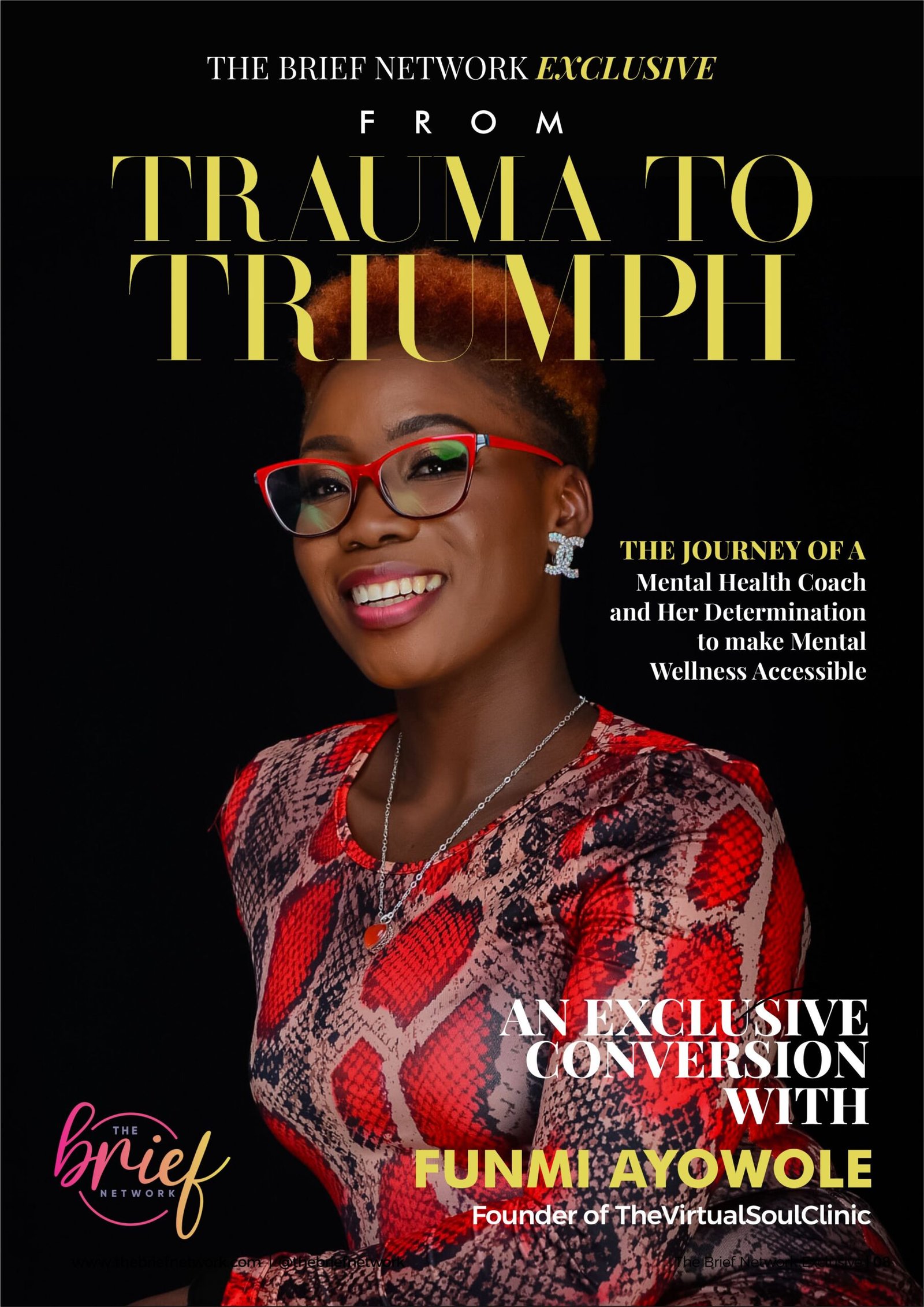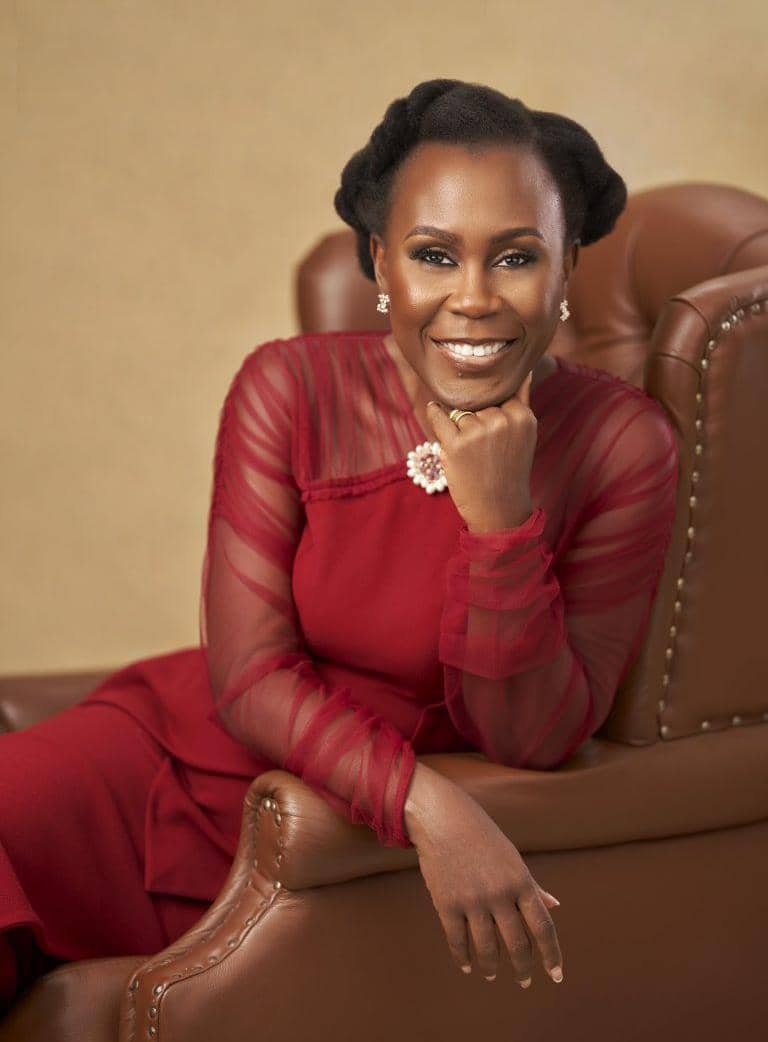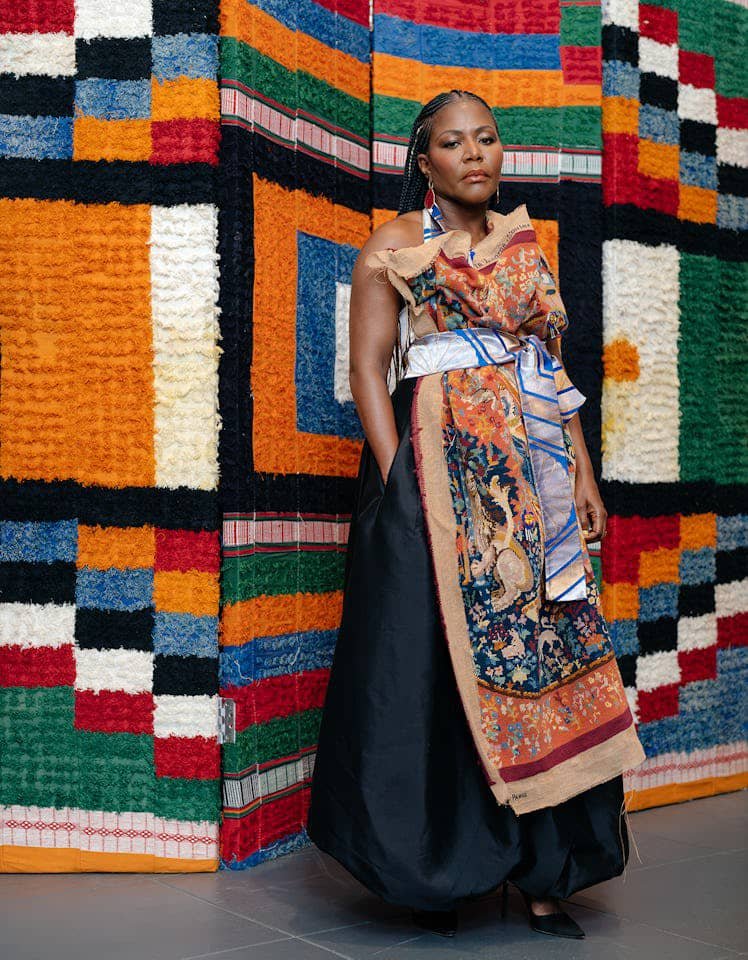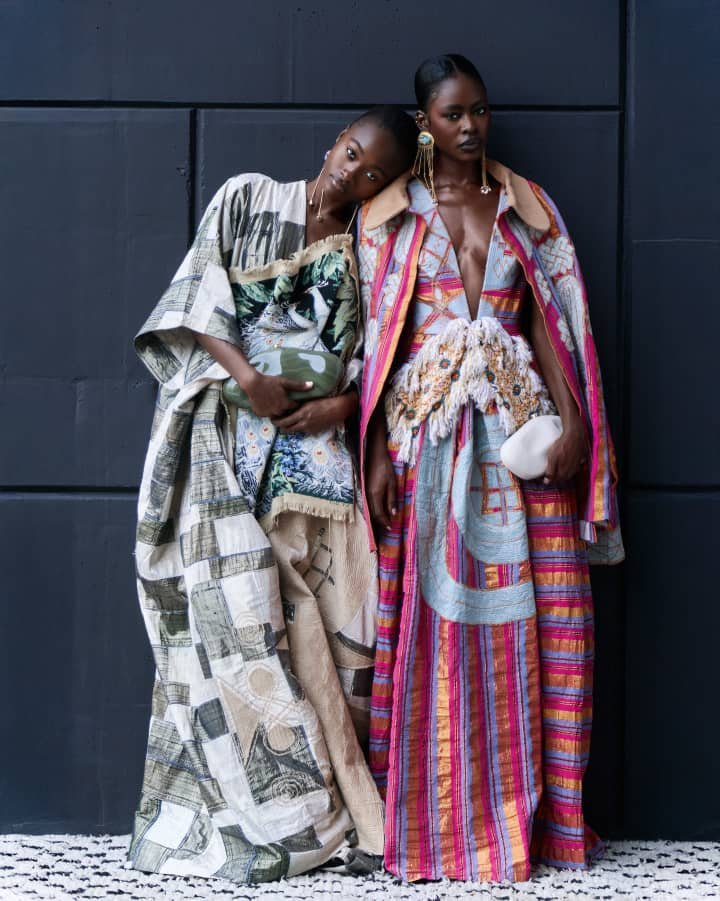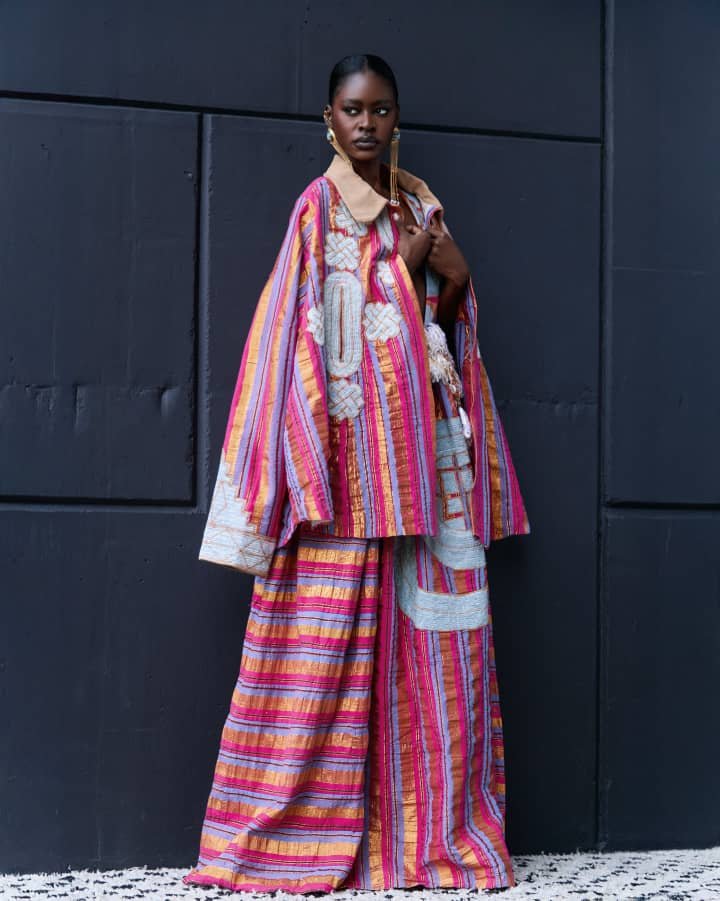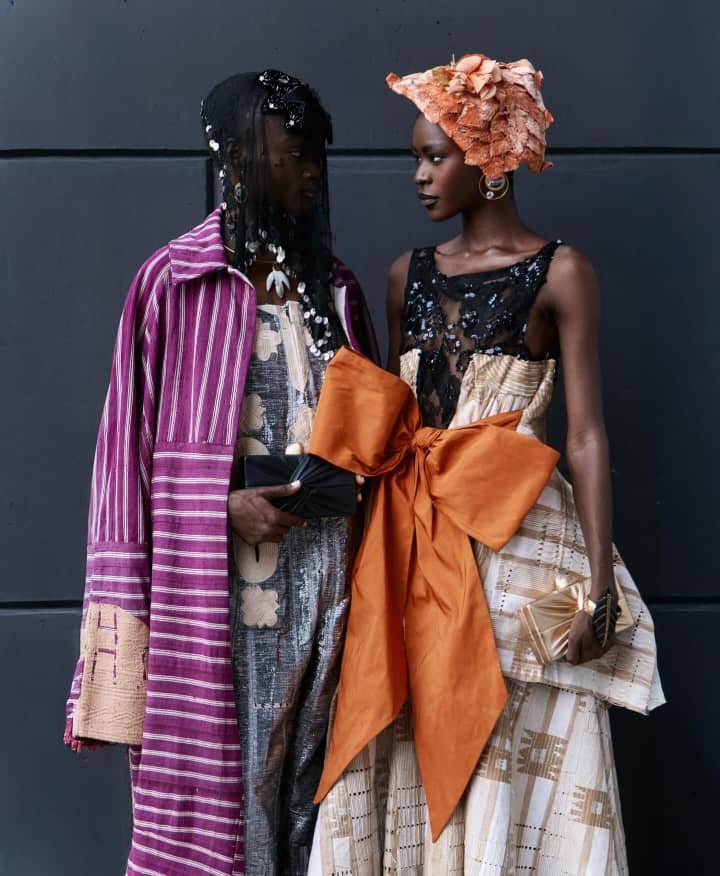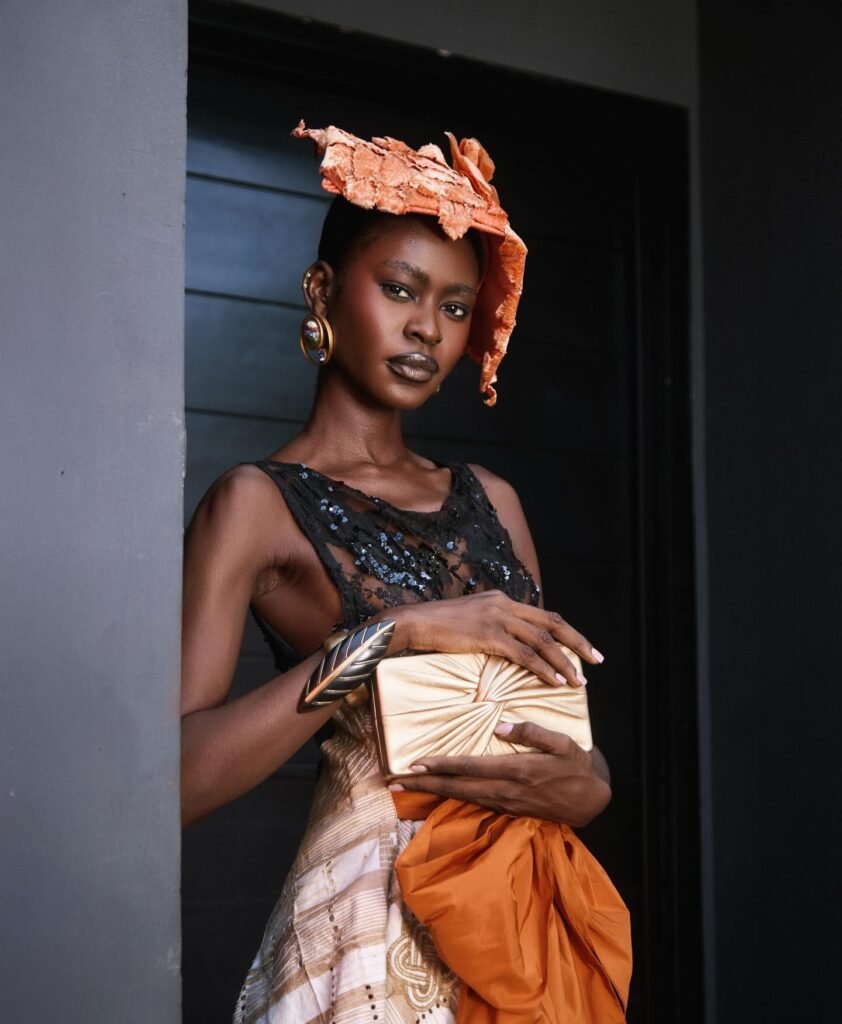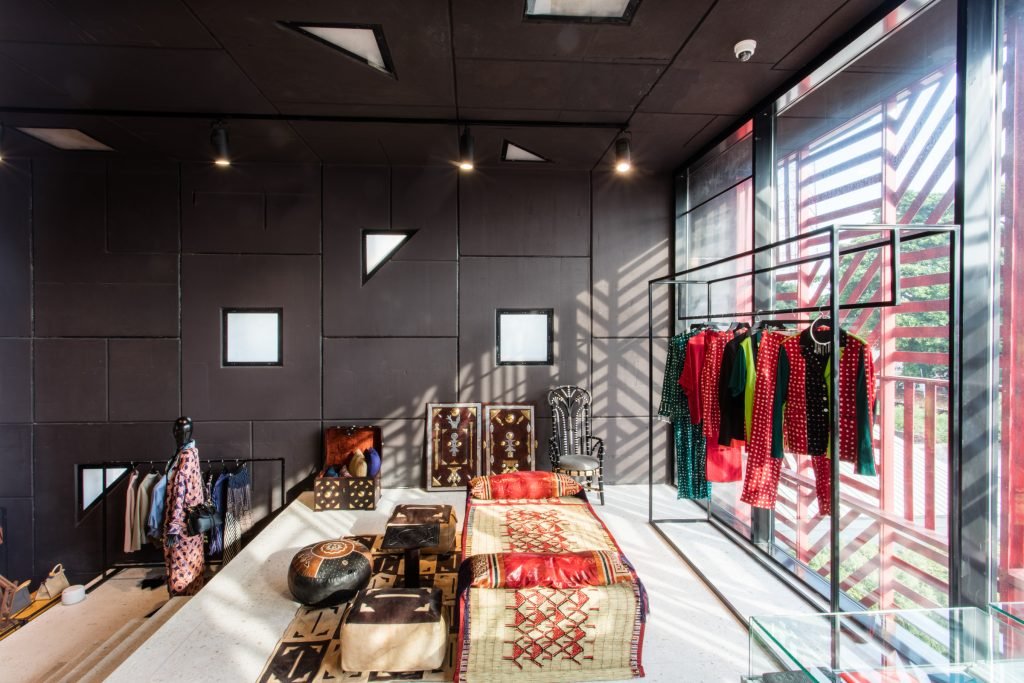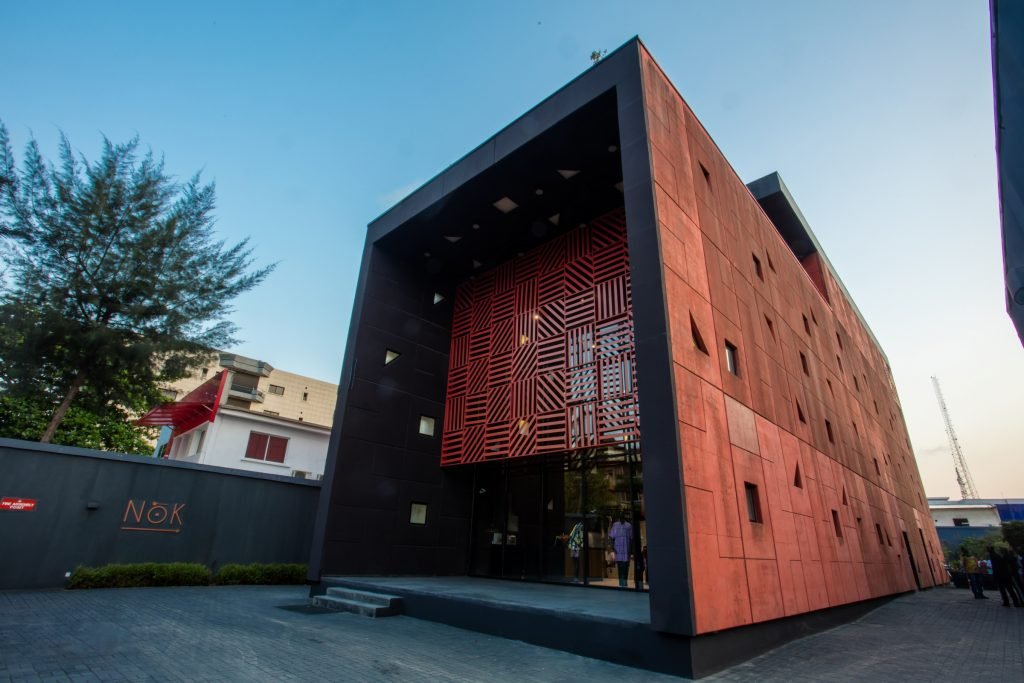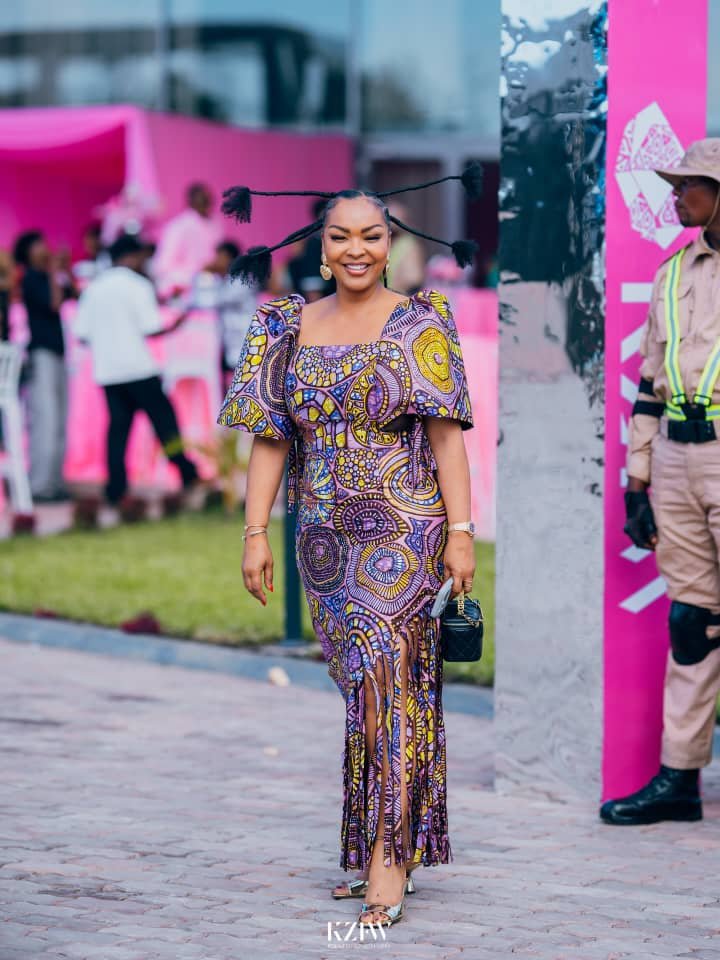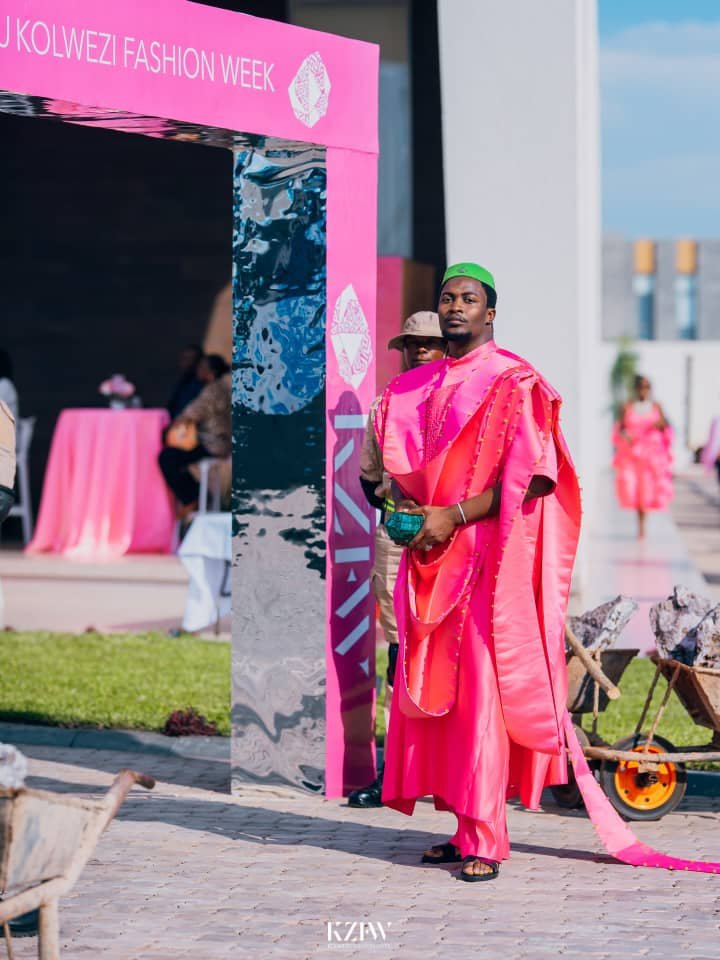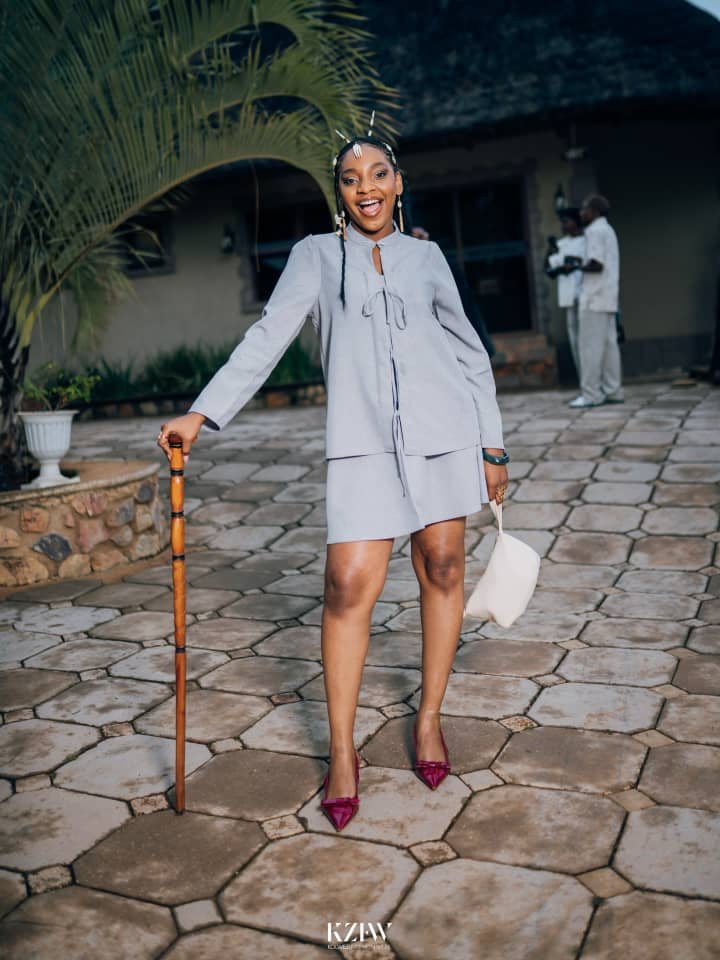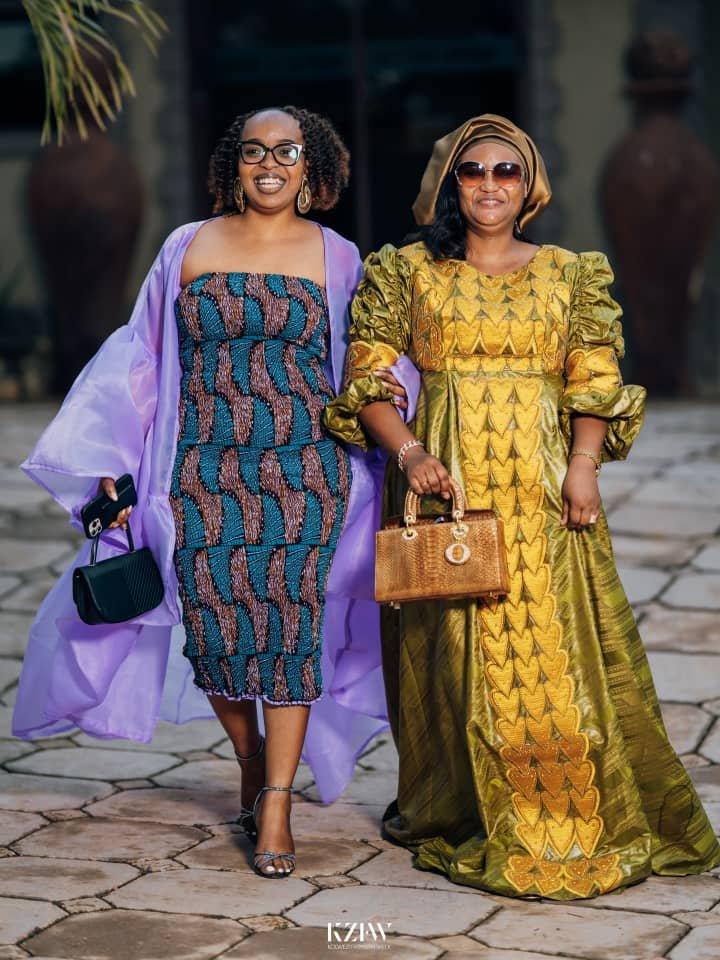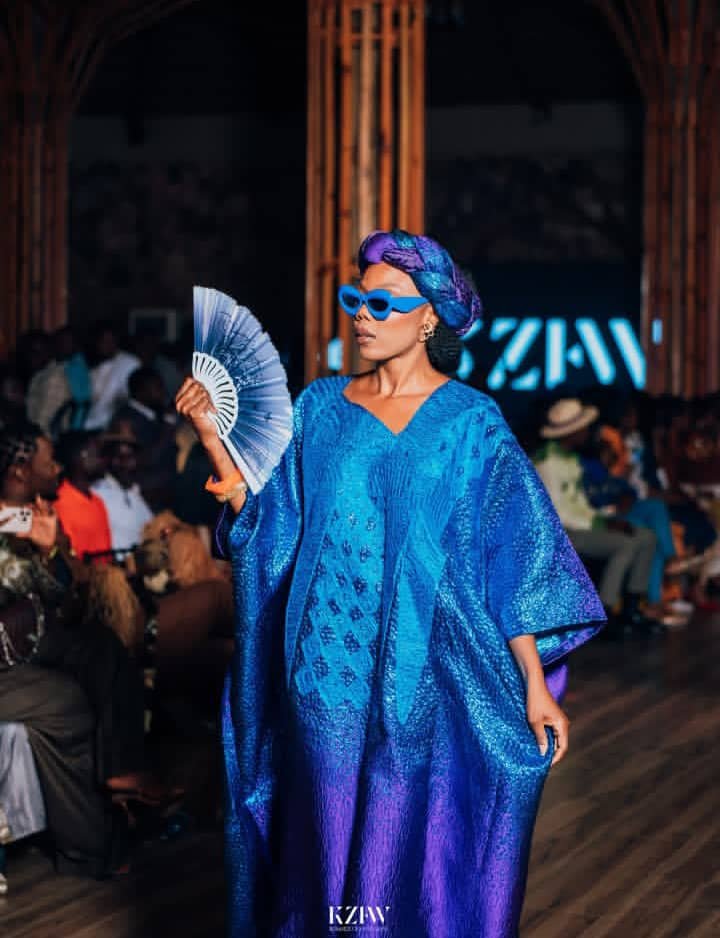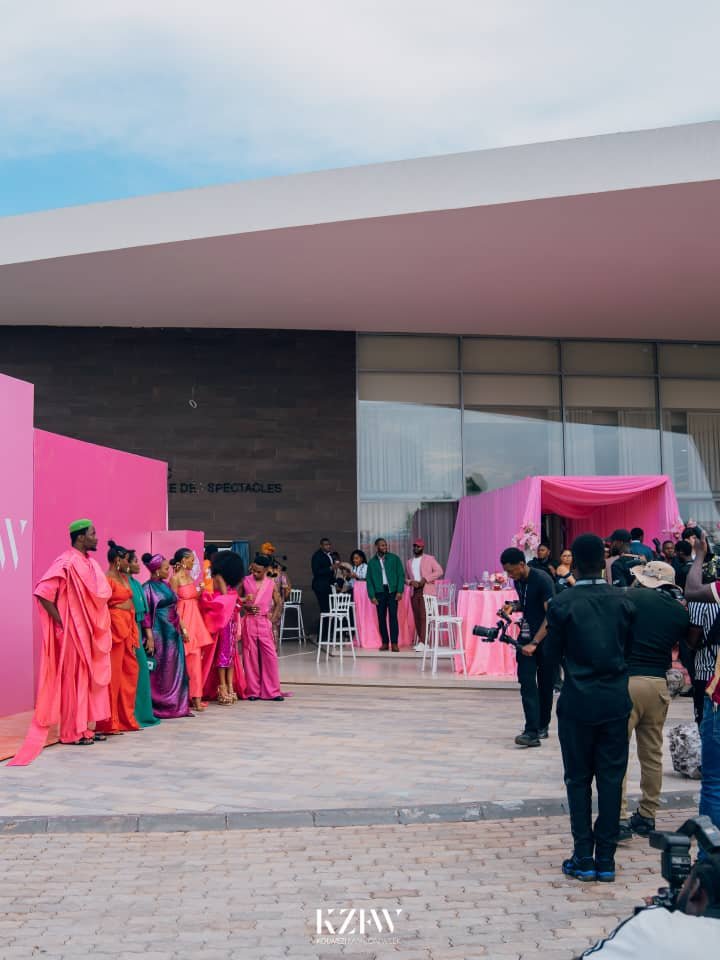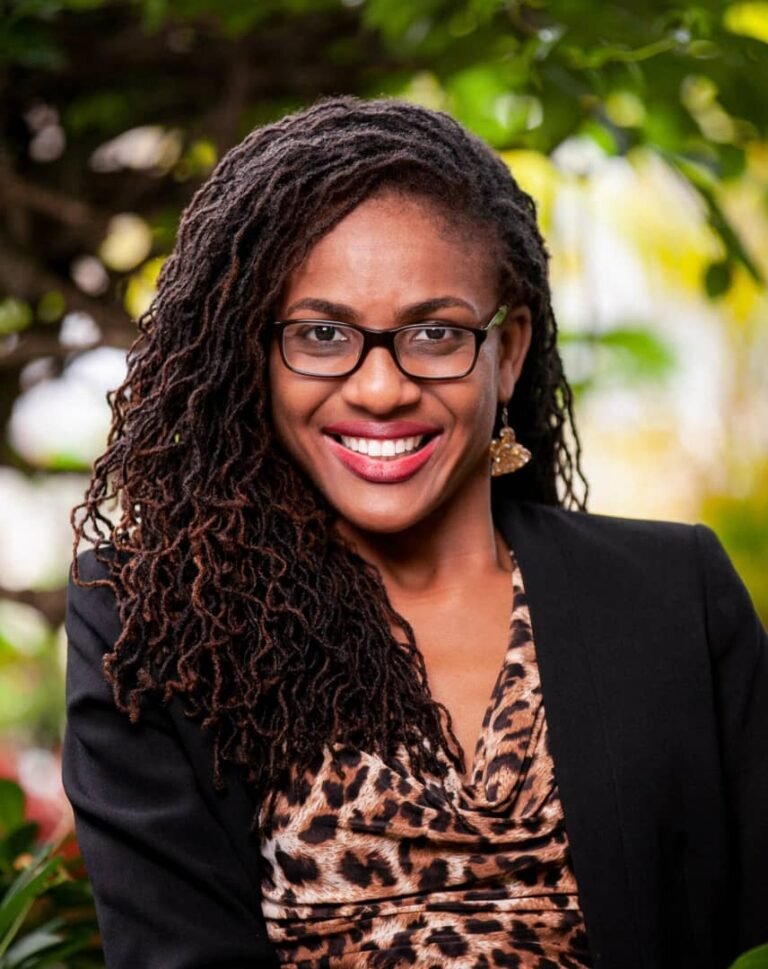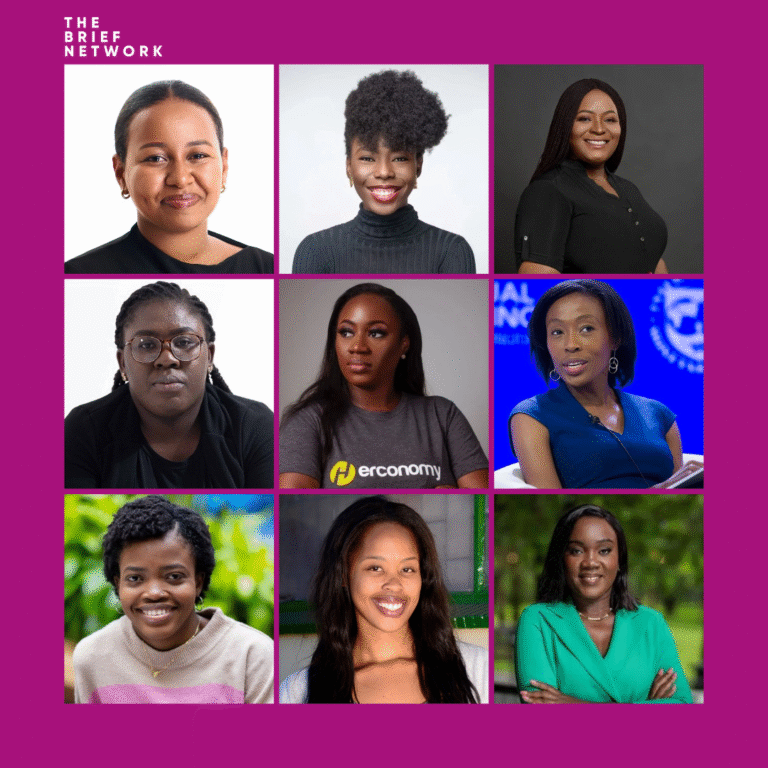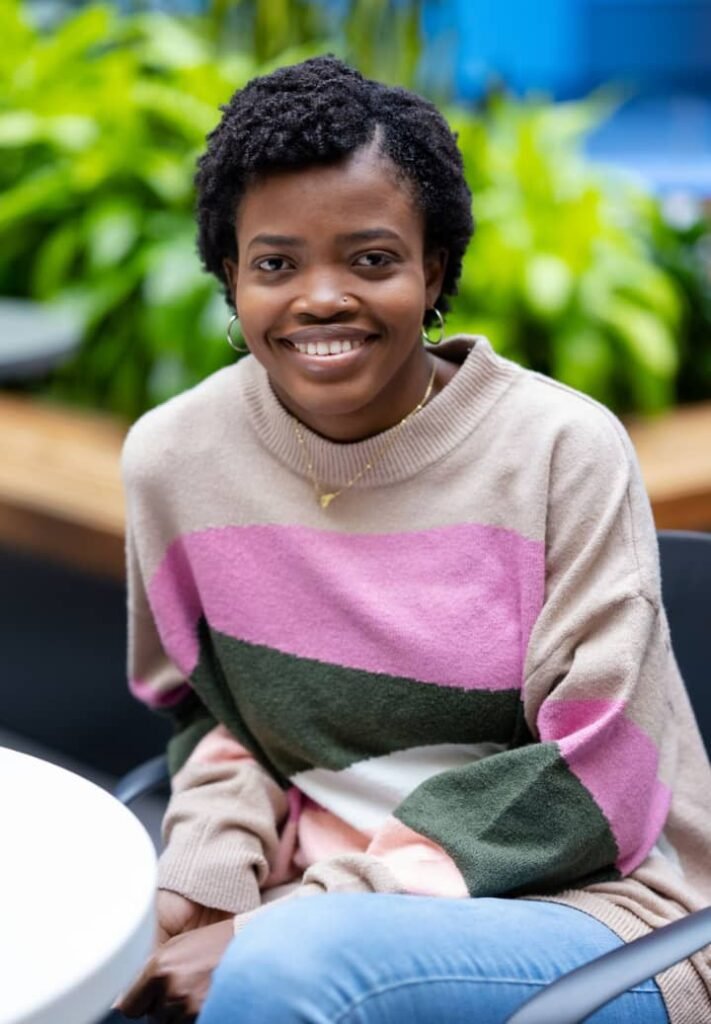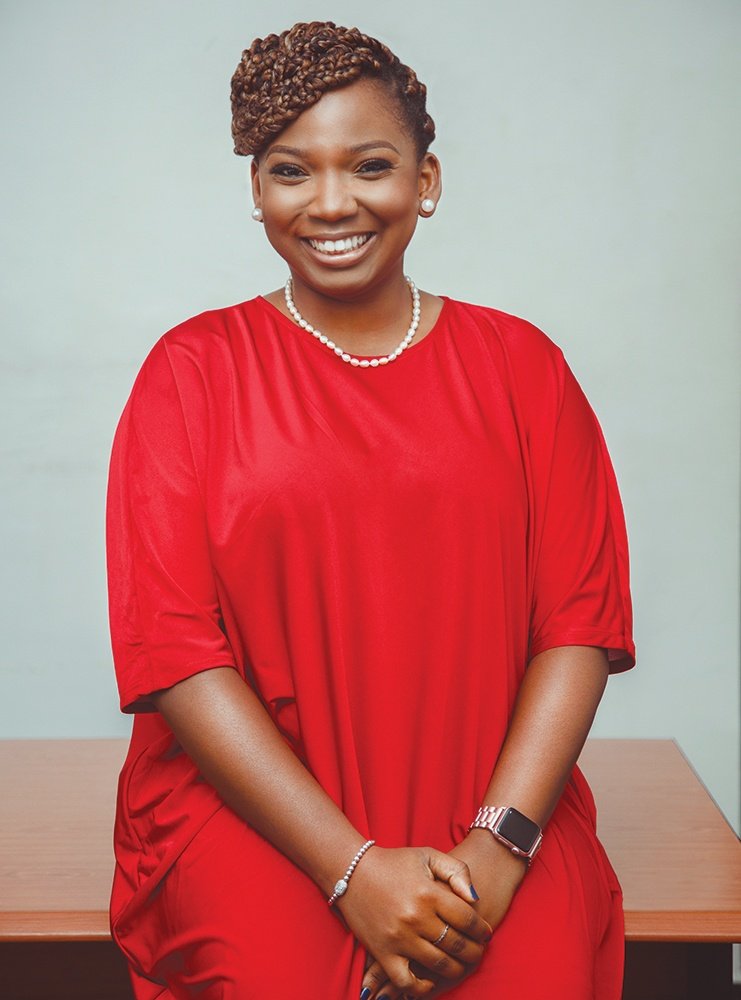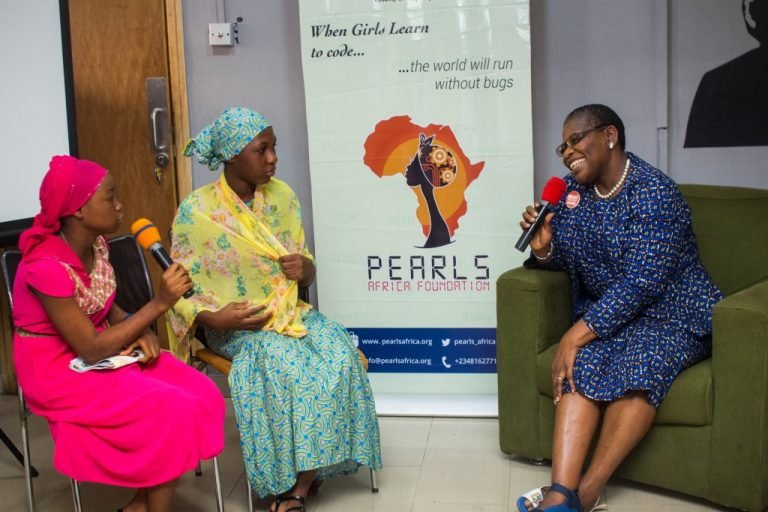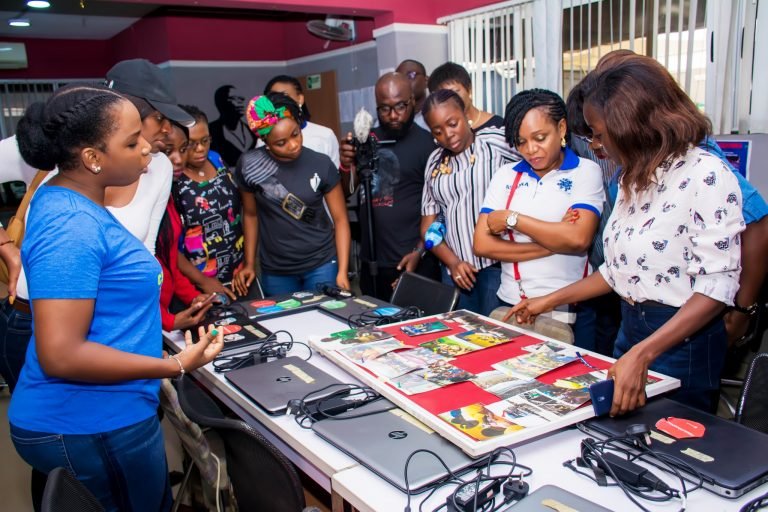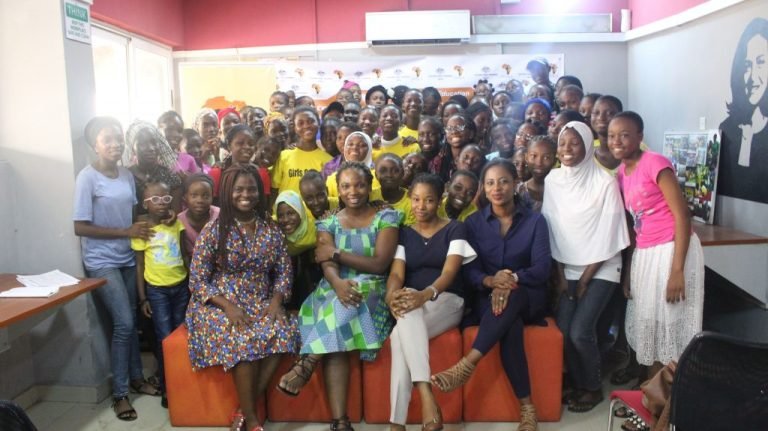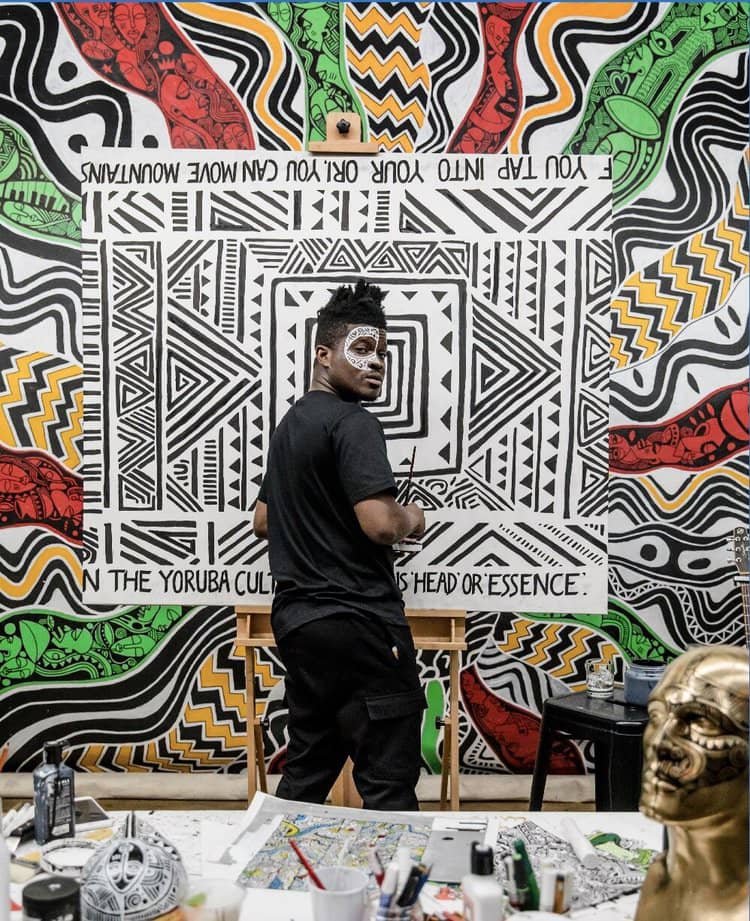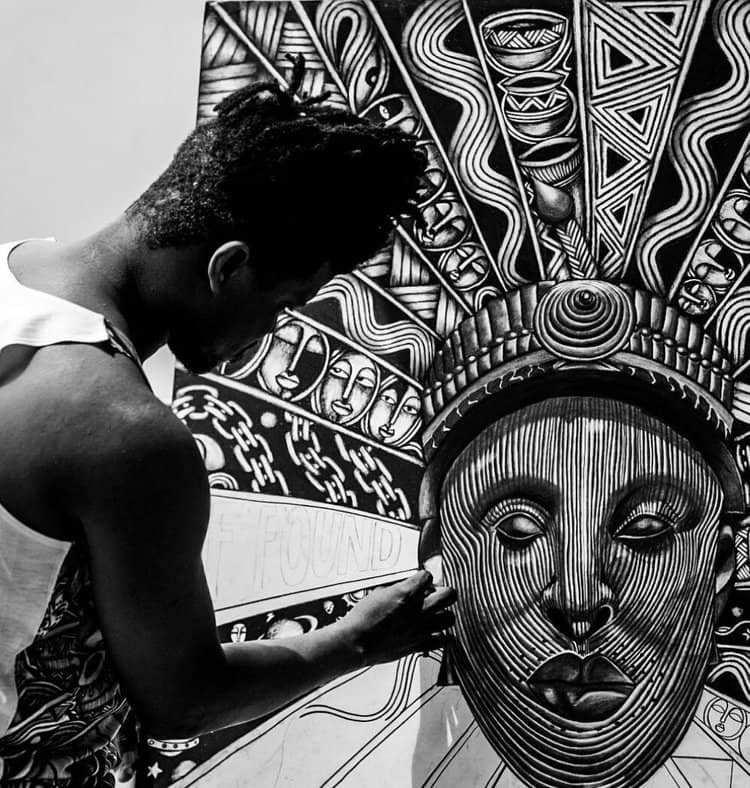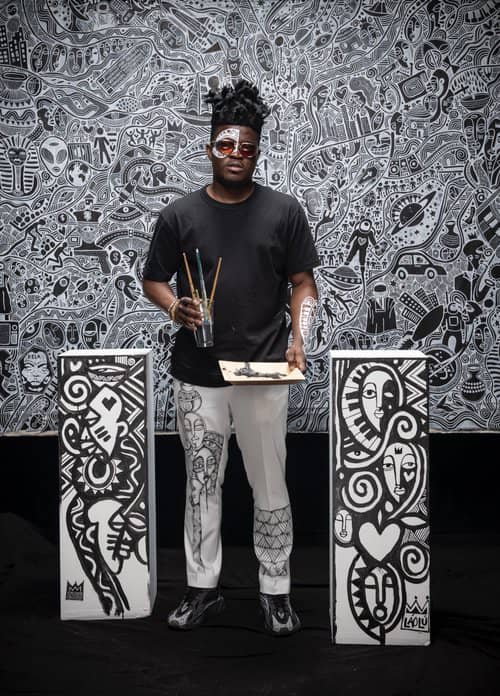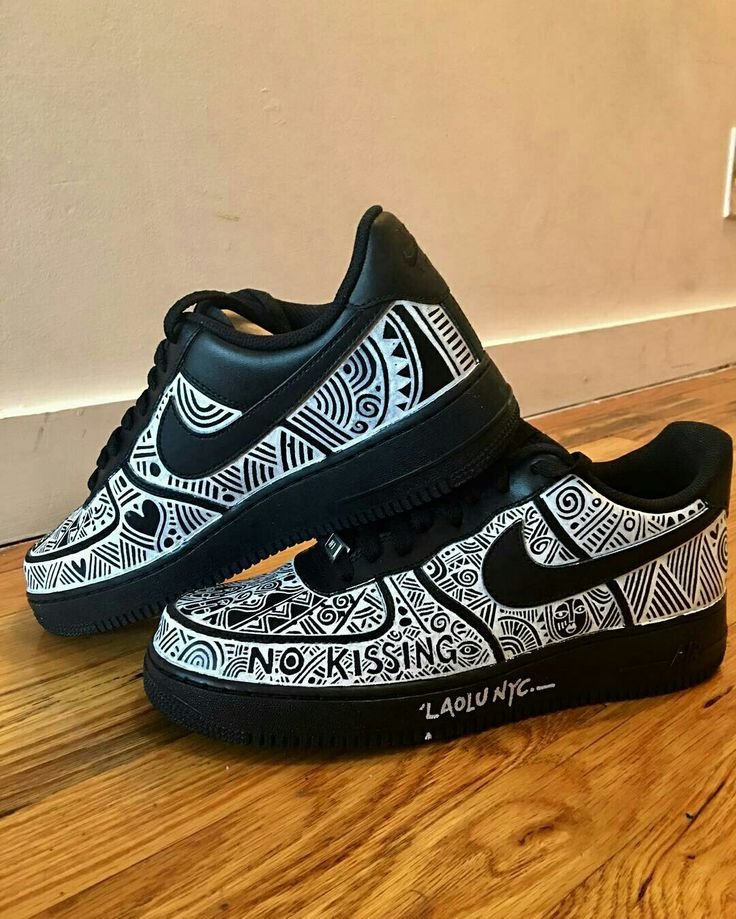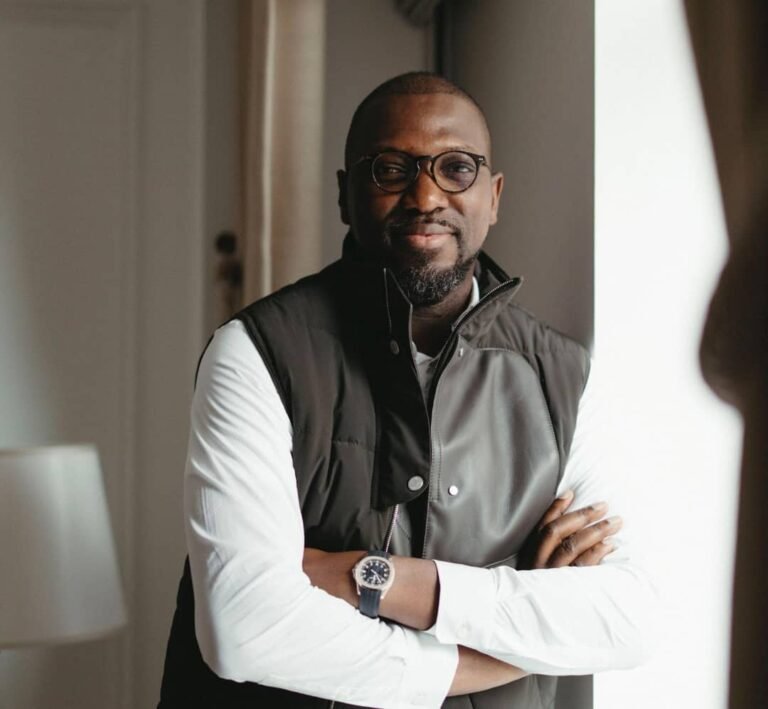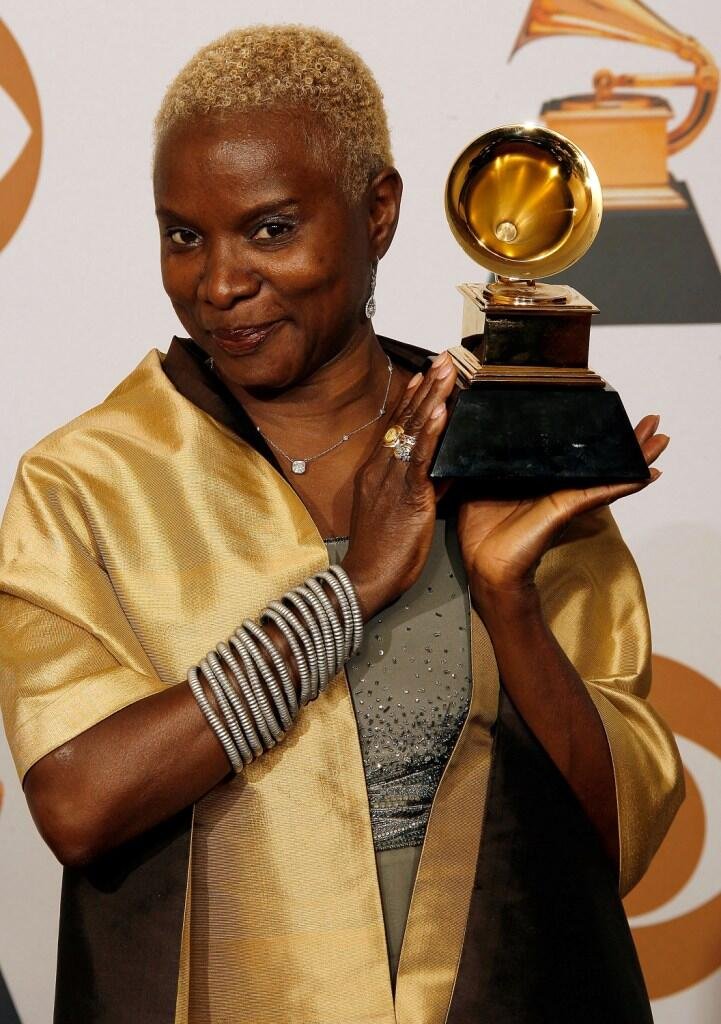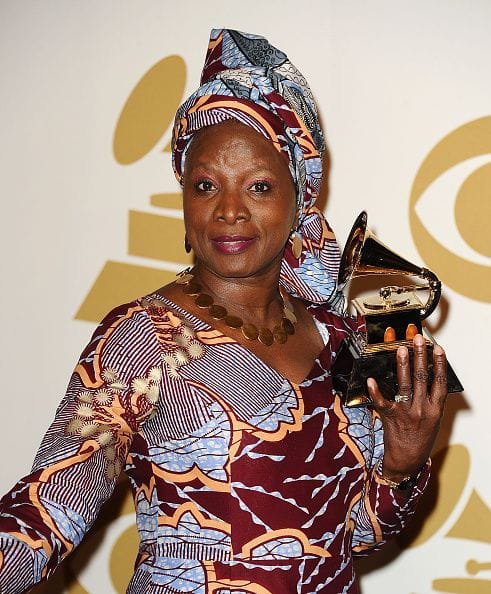Tara Fela-Durotoye began her career as a makeup artist long before the Nigerian beauty industry became what it is today. She studied law at Lagos State University, but her interest leaned toward beauty, colour, women, confidence, and transformation. While working from a small space with little capital, she found something that would become her life’s work: building a business that could empower women and shape a sector.
Over time, House of Tara grew into one of Africa’s most influential beauty brands, with makeup schools, product lines, studios, and thousands of beauty entrepreneurs. The question is not simply how she succeeded, but how she built work that has lasted. Her journey offers valuable direction.
1. Passion is a foundation, but consistency strengthens it
Tara often says that she did not start because she had money, but because she had interest and willingness to work. In one interview, she recalled how referrals kept coming because people saw effort and improvement in her work. Passion made her start, but consistency made the work visible.
A brand that endures begins with something real, something the founder is willing to stay with long after excitement fades.
2. Structure makes growth possible
From early in her business, Tara put systems in place. She created policies, formed a board, and set standards even when the business was small. She has spoken openly about the importance of building companies with structure, not emotion.
Her approach reflects a simple truth: passion brings movement, structure gives direction. A brand grows when there are systems that allow new people, new ideas, and new scale to function without chaos.
3. Solve a clear need, and solve it well
One thing that made House of Tara relevant was clarity of purpose. There were very few professional makeup services in Nigeria at the time. Quality products for African skin tones were even harder to find.
Tara saw that gap and responded with products, training, and services that met real needs. Her impact shows that a business gains strength when it answers a question the market is already asking.
4. Growth means expansion of vision, not only expansion of size
As House of Tara spread across cities, Tara did not focus only on storefronts. She built a makeup academy, developed product lines, and created platforms for other beauty entrepreneurs. She once explained that entrepreneurs must decide if they want to build companies that exist temporarily or build institutions that can last beyond them.
Her thinking shows that growth is not measured only by scale, but by purpose. A brand endures when it has a mission that can evolve with time.
5. People are the heart of longevity
Perhaps the most defining part of Tara’s work is that it uplifts people. Many women who trained under House of Tara have become business owners themselves. Tara has said that entrepreneurs should build businesses that can develop others, enable income, and contribute to the economy.
A brand can remain relevant when people can trace their progress back to it. When it strengthens lives, it stays.
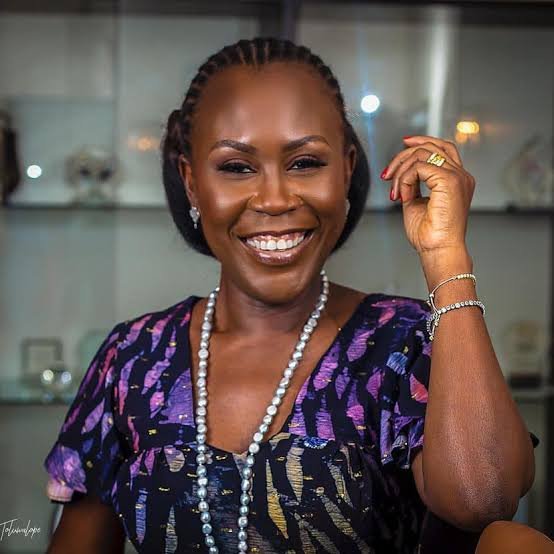
In the End
A lasting brand is not built in a rush. It is shaped by passion, strengthened by structure, guided by real need, expanded with purpose, and sustained by the people it raises. Tara Fela-Durotoye’s journey reflects this quietly. Her work reminds us that success is not only about visibility, but about depth. The kind of depth that can stand time.

